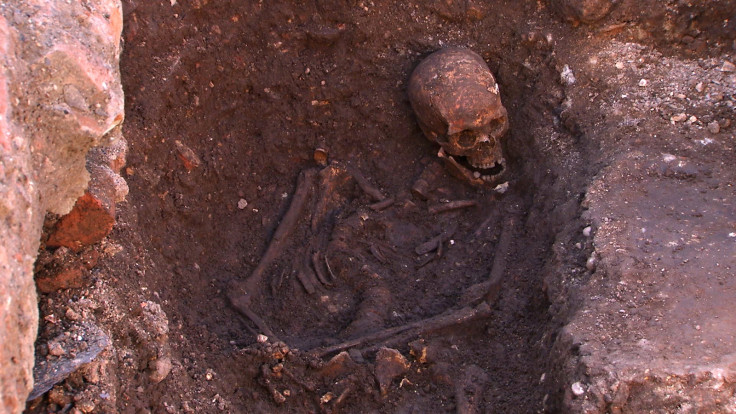University of Leicester discovers King Richard III died after being stabbed in the head

New analysis suggests that King Richard III most likely spent his last few seconds alive kneeling on his knees before taking a fatal blow to the head.
Three injuries – two to the skull and one to the pelvis – were found on the Plantagenet king when his remains were discovered, but experts were unsure which one was fatal. Following extensive research, they have now been able to reveal which one was the deadly blow.
Forensic analysis experts from the University of Leicester have concluded that the monarch, who ruled in the 15<sup>th century, was brought to a grisly end after he was stabbed in the left side of his skull. It is thought that his head was exposed after he was knocked off his horse and lost his helmet during the Battle of Bosworth Field in 1485.

The experts say that the sword was stabbed so far into his head that it punctured the other side.
However, it wouldn't have been an instant death after having his brain punctured. Dr Sarah Hainsworth told the National Post: "You know on the TV when somebody's chopped, they die instantly and that's the end. That's not the reality."
She explained that, while he would have been knocked unconscious instantly, his heart would have carried on for a couple of minutes.
She added that they have also been able to determine the type of sword that was used in the deadly blow – one with a serrated edge.
Dr Hainsworth: "If you took a serrated kitchen knife and pushed it through a block of hard cheese, what you'd get is a pattern on the cheese of the tool marks on your kitchen knife.
"You can also see marks like that in bone."
The remains of King Richard III were found under a car park in Leicester in February 2013 by University of Leicester archaeologists.
© Copyright IBTimes 2025. All rights reserved.






















